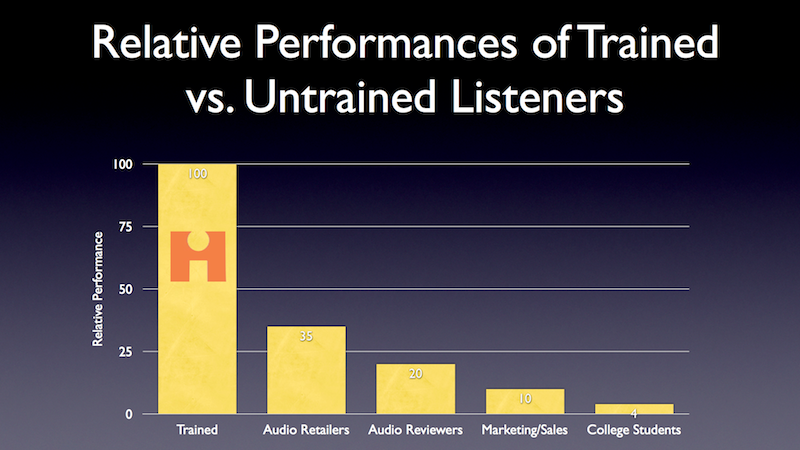@mahgister
I never say that your measure use FFT, i indicated tghat they are used in the usual theory context about hearings that the ears work linearly and mainly in the frequency domain, this is the inspired Fourier theory of hearing in the frequency domain ...
Of course you did:
But bashing audiophiles for some right reason ( you are right audio is not about Taste) dont justify your ideology: only my measuring tools linear and time independant tools in the frequency domain will say the last truth about the qualities perceived through the gear...
Just because an axis is showing a frequency doesn't mean the test is in "frequency domain." The test is actually running in time domain. It sends a single at at specific voltage, and measures what comes back, again as a voltage in time domain.
What I responded to clearly said that as well:
Then there is a high cost to pay if we TRUST the Fourier linear tools and if we work ONLY in the time independant and frequency domain... The price is we loose contact with the basic of human hearings...
That aside, your hearing works as bank of auditory filters, each tuned to a certain frequency:

You see all those humps? Those are the center frequencies of each filter. See how their bandwidth changes as you go up? This is just one aspect of why so much of understanding of our hearing comes from frequency domain, not time.
As I explained, time is not something we are very sensitive to. I gave you example of how timing is completely smeared in our everyday life as you listen to other people. If you were sensitive to timing you would go craze as you or loved ones moved around! The brain has learned to filter such things.
Sadly manufacturers have figured out that by throwing the word "timing" in their marketing material, they immediately play to the lay understanding of the term and they no longer have to provide any proof that such things matter. Don't fall for it. Ask and demand for proof in controlled listening tests without the eyes.



